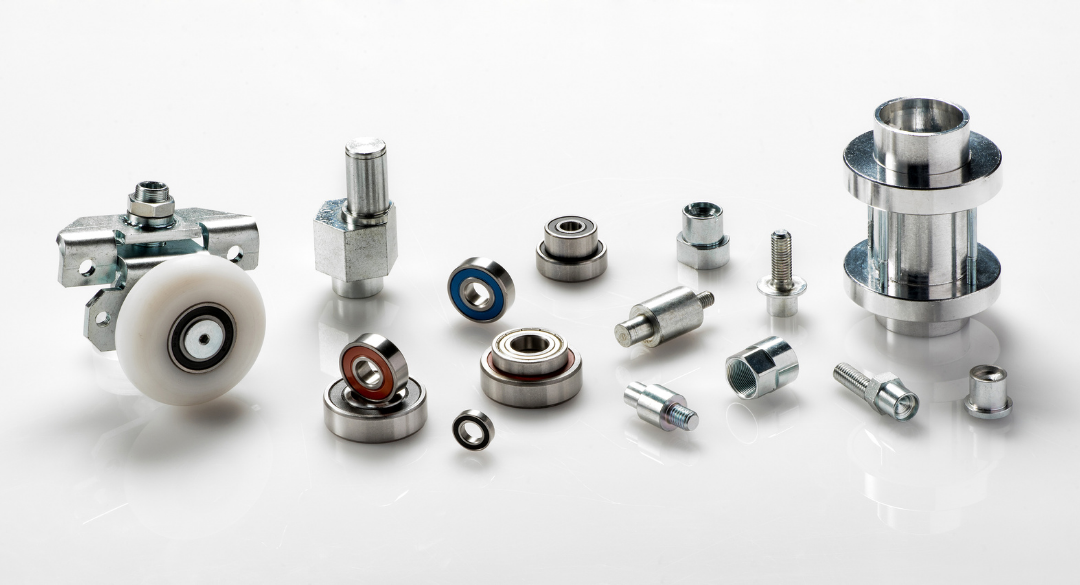What advanced inspection (e.g., coordinate measuring machines, CAI) is used in precision engineered components?
When manufacturing precision engineered components, achieving accuracy is only half the challenge — verifying it is equally important. High‑performance industries such as aerospace, automotive, marine, and heavy engineering rely on strict inspection methods to ensure that every part meets exact design specifications. Attur International Pvt Ltd, a leading high precision components manufacturer, uses advanced inspection tools like Coordinate Measuring Machines (CMM) and Computer‑Aided Inspection (CAI) to guarantee consistent quality and reliability.

1. Coordinate Measuring Machines (CMM)
CMMs are the gold standard for measuring high tolerance metal components. They use precise probes to check a part’s geometry against CAD models, ensuring micron‑level accuracy. This is essential for precision parts for manufacturing machines in India, where even the slightest deviation can cause mechanical inefficiencies or premature wear.
2. Computer‑Aided Inspection (CAI)
CAI integrates CAD data with high‑resolution scanning technology to compare manufactured parts directly to their digital models. This allows custom industrial parts manufacturer in India like AIPL to detect deviations early, reduce rework, and maintain high production efficiency.
3. Optical and Laser Scanning
For complex shapes and surfaces, non‑contact inspection methods such as optical scanners and laser measurement systems provide fast, accurate data collection without damaging the part. These are particularly valuable for delicate precision engineered components used in aerospace and medical applications.
4. Multi‑Stage Quality Control
At AIPL, inspection begins before machining and continues through production to final delivery. This layered approach ensures high precision components manufacturer consistently meet or exceed client requirements.

